The Essential Guide to Runway Markings
Pilot Institute
JUNE 19, 2025
They serve as visual aids to guide pilots, ground crew, and Air Traffic Control, indicating the boundaries and areas of different spaces of the airfield, such as runways, taxiways, holding positions, and parking areas. Visual Runways Visual runways have no instrument approach procedure available.


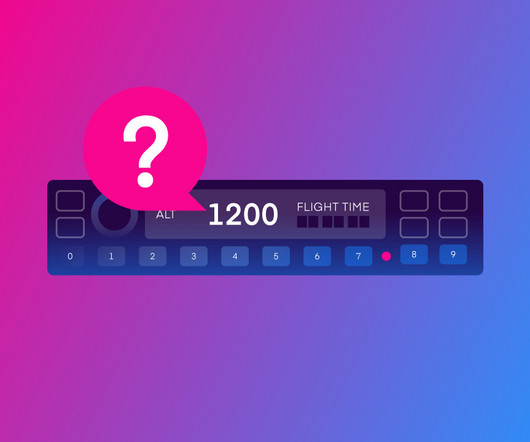
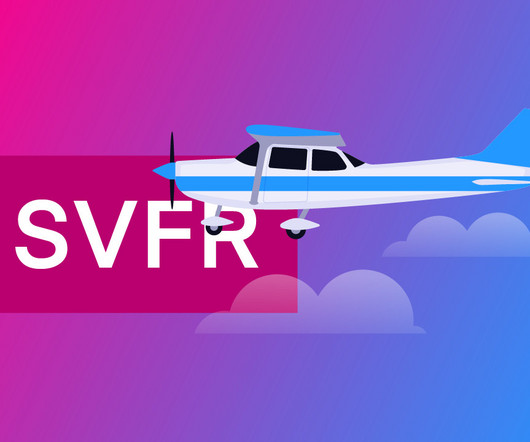
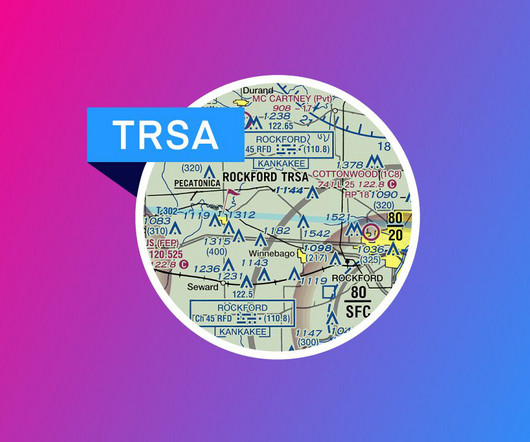



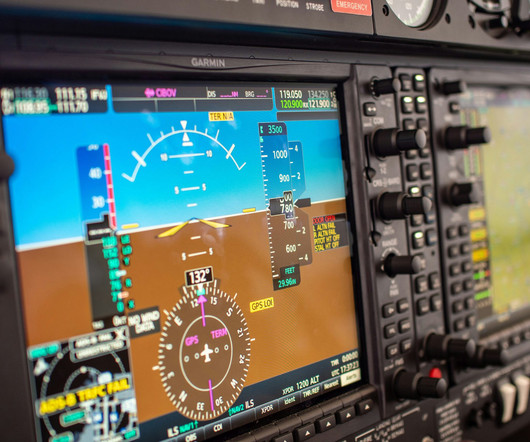







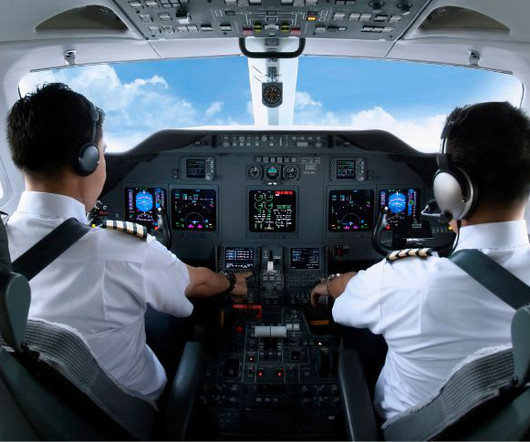






Let's personalize your content